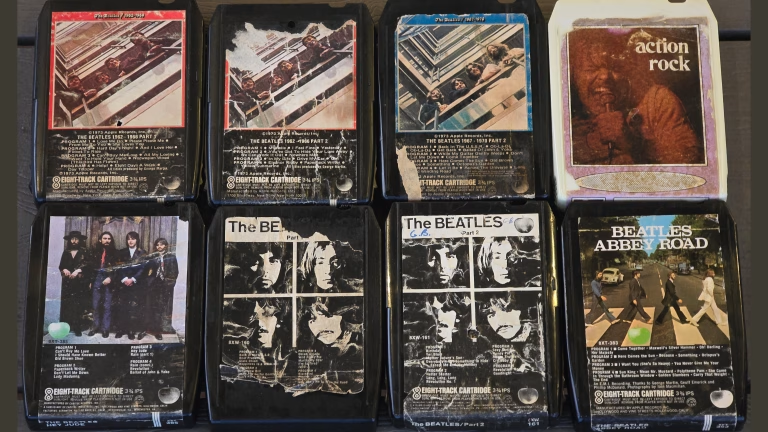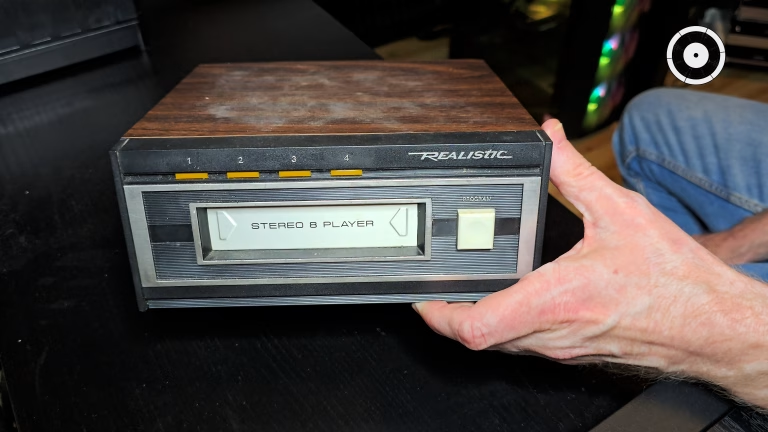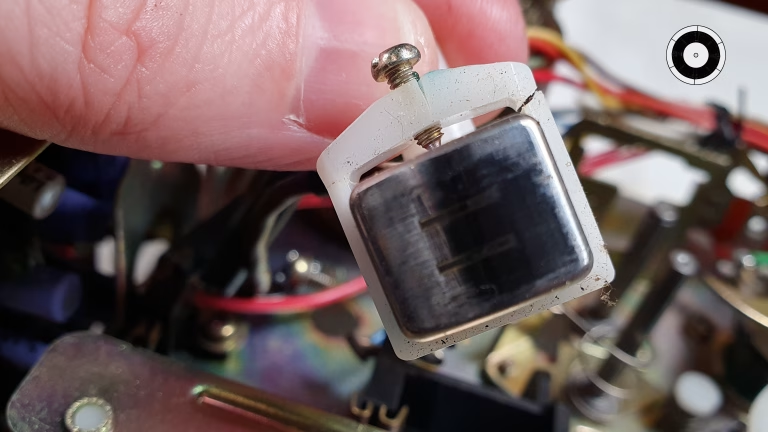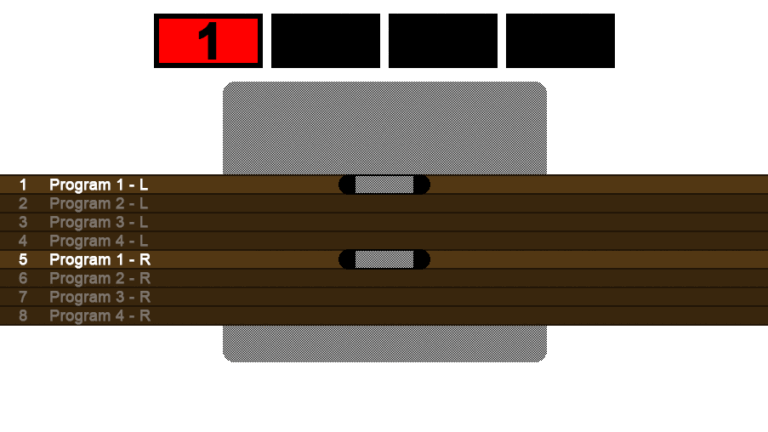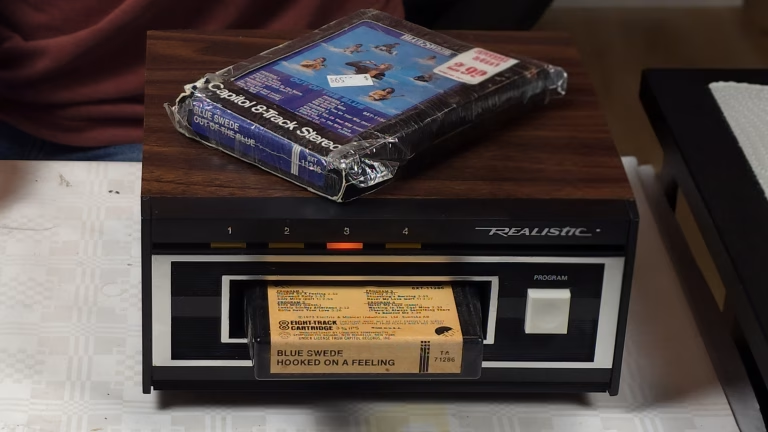What is 8-track?
8-track, also known as Stereo 8 or 8-Track, is an analog audio format that became popular in the 1960s and 1970s. It was developed by a consortium led by Bill Lear (founder of the Learjet), and was based on earlier technology from the 1950s.
Here are some key points about 8-track:
- Format: 8-track uses a 1/4-inch magnetic audio tape arranged in an endless loop. The tape is divided into eight parallel tracks, hence the name "8-track". Each track contains a portion of the audio recording, and a player can automatically switch between the tracks to play the entire content.
- Stereo Sound: 8-track was designed for stereo sound, which was a major advantage at the time. Each track could contain two channels (left and right), which provided a richer sound experience compared to the mono format.
- Use: 8-track became particularly popular in cars, as it was one of the first portable audio media that could be played while driving. It was also used in homes, but was eventually replaced by more practical formats such as cassettes and later CDs.
- Decline: The popularity of 8-tracks began to decline in the late 1970s, as cassettes became more popular due to their greater practicality and lower cost. Cassettes were also easier to handle and could be played on more compact devices.
- Collector's item: Today, 8-track tapes and players are sought after by collectors and nostalgics. They represent an important part of audio history and have a certain cultural significance.
The 8-track was an important innovation of its time and laid the foundation for later portable audio media. Although it is no longer in common use, it holds a special place in the history of audio recording and playback.
8-track in Norway and Europe
8-track came to Norway and Europe in the late 1960s, after it had already become popular in the US. Here is an overview of how it came to Europe and Norway, and how it was received:
Introduction in Europe
- Early presence: 8-tracks were introduced to Europe in the late 1960s, primarily through American car manufacturers who offered 8-track players as optional equipment in their cars. This was especially popular with those who wanted to take music with them on long drives.
- Distribution of tapes: Music albums gradually became available on 8-track in Europe, but the selection was often more limited compared to vinyl records and cassettes. Many of the major record labels began releasing their albums on 8-track, but it was often the most popular artists and albums that received this treatment.
Reception in Norway
- The car market: In Norway, as in the rest of Europe, 8-tracks were particularly popular in the car market. Many car enthusiasts and long-distance drivers appreciated the opportunity to have music with them while driving. 8-track players were often installed in cars as part of the luxury equipment.
- Limited popularity: Despite its popularity in the automotive market, 8-track never gained the same popularity in homes as it did in the U.S. This may be due to several factors, including the relatively high price of both players and tapes, as well as competition from other formats such as vinyl records and cassettes.
- Competition from cassettes: In the 1970s, cassettes began to become more popular in Norway and the rest of Europe. Cassettes were more convenient, cheaper, and could be used in more compact units, making them a more attractive option for both car and home use. This contributed to the rapid loss of market share of 8-tracks.
Cultural and historical significance
- Nostalgia and collector's value: Today, 8-tracks have a certain nostalgia and collector's value, also in Norway. There are a number of collectors and nostalgics who still value 8-track tapes and players as part of audio history.
- Cultural influence: Although 8-track never became as big in Norway as it was in the United States, it represents an important phase in the development of portable audio media. It laid the foundation for later innovations and has a special place in the history of audio recording and playback.
Overall, 8-track was an interesting but short-lived phase in Norwegian and European audio history. It was an innovation that appealed to specific applications, but was eventually overtaken by more practical and cost-effective alternatives.

